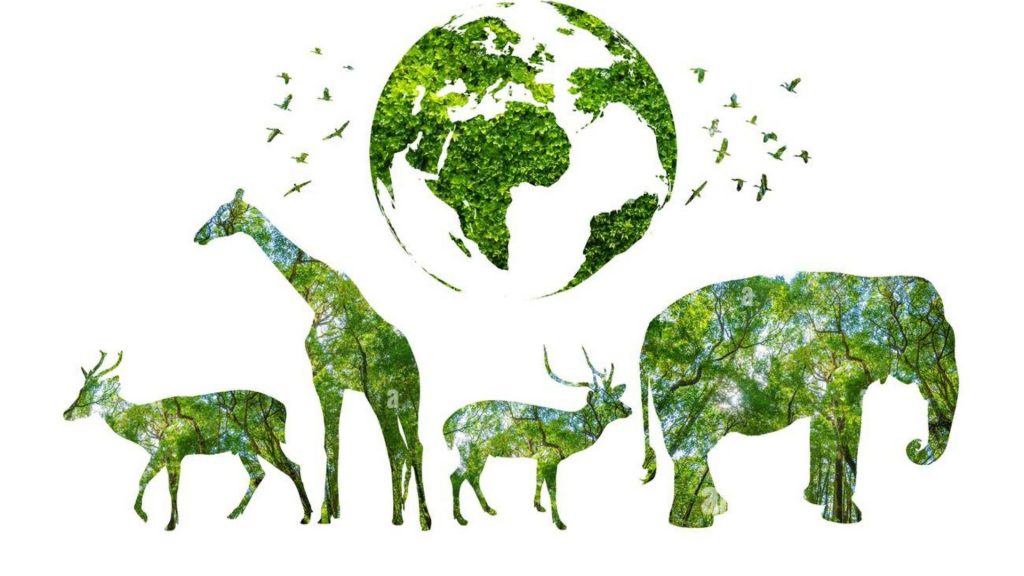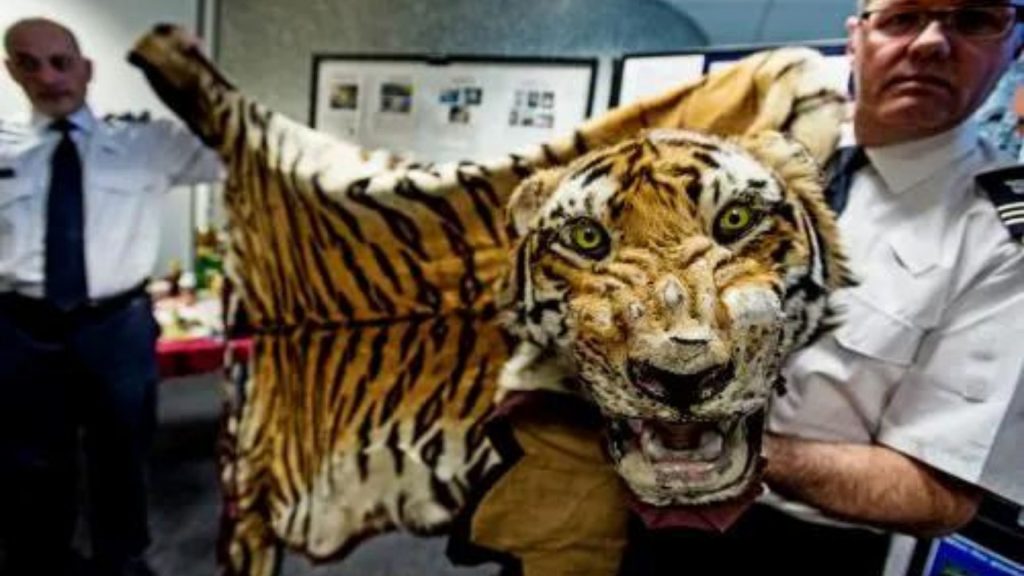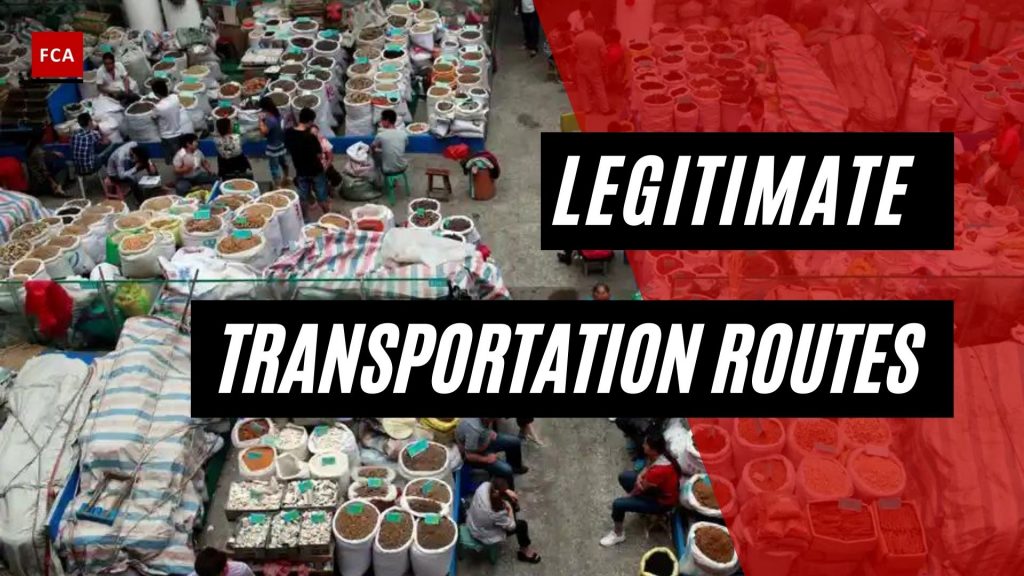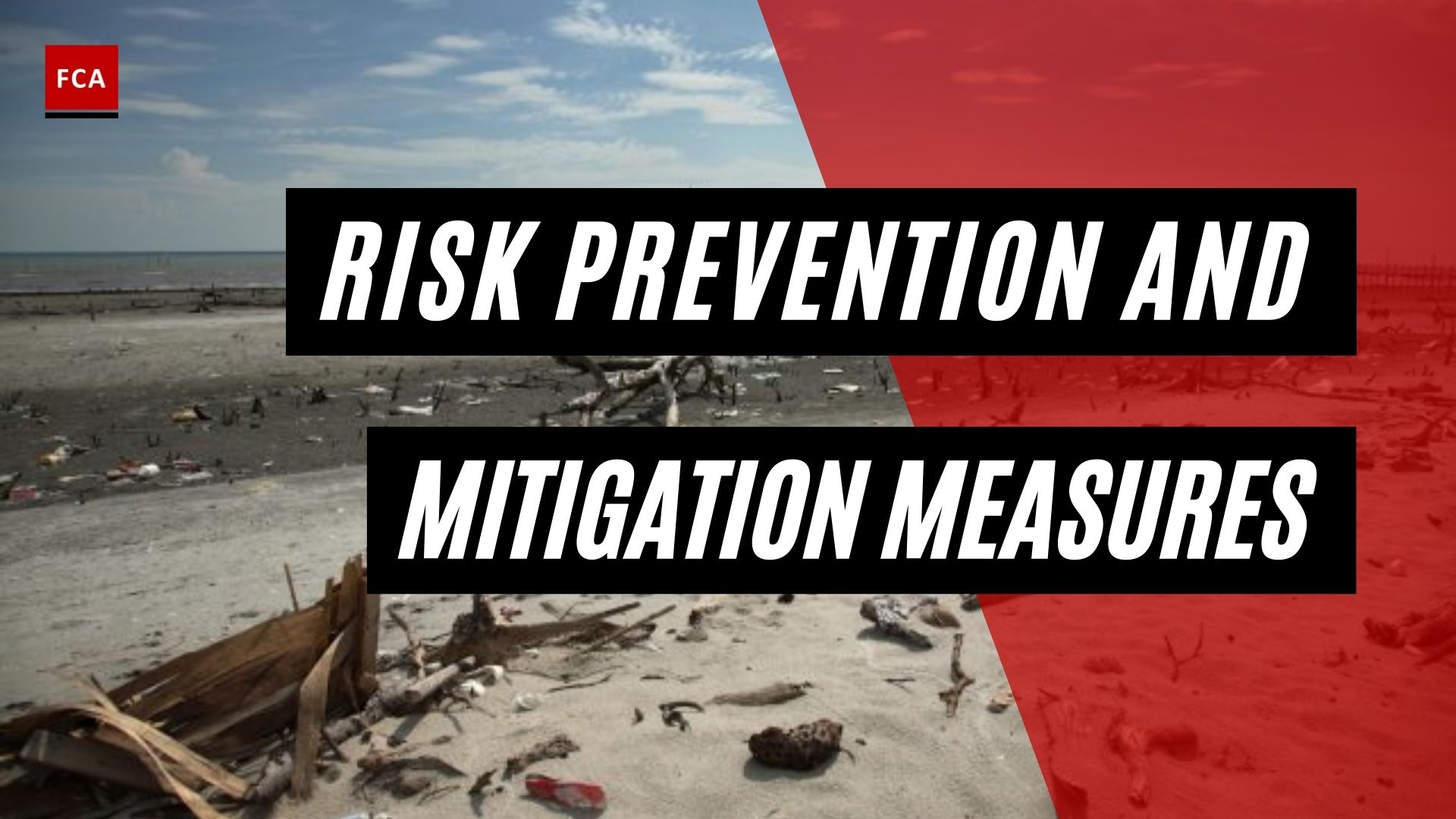The exploitation of legitimate transportation routes. Almost every market, be it legal or illegal, has certain characteristics. Oftentimes, large parts of a market share are related to only a few best-selling products that are being produced by a small number of manufacturing enterprises.
Legitimate Transportation Routes
Similarly, large parts of the black-market share for illegal wildlife and wildlife products are dominated by certain animals and products. To get these hot-in-demand animals and products to the end user, criminals usually exploit existing and oftentimes legal trading routes. Let us discuss the impact of six countries or geographical regions on the illegal wildlife trade, including Somaliland, Kenya, Tanzania, Thailand, Myanmar, and China.

Somaliland – A Source Of Cheetah Cubs
Let us look at a first example, that involves one of the most iconic and endangered big cats of Africa – Cheetahs. According to the International Union for the Conservation of Nature and Natural Resources, Cheetahs are an endangered species and are classified as “vulnerable”. The black-market demand for Cheetah cubs is high, which drives the illegal trade of cheetah from poor sourcing countries in Africa to the United States, Western Europe, Asia, and, in particular, the Middle East. It is estimated that three hundred cheetah cubs are trafficked out of Africa to Arabian Peninsula every year.
In Ethiopia, Cheetah cubs are traded on the black market and sold to wealthy individuals for about $10,000 a piece, destined to be kept as pets and as a status symbol.
From Ethiopia, the Cheetah cubs are transported to Hargeisa, which is the capital of Somaliland, which is an unrecognized sovereign state in the Horn of Africa, internationally considered to be part of Somalia. From Somaliland, the Cheetah cubs are then further transported – through Yemen as a transit country – to countries around the Arabian Peninsula, including Saudi Arabia and the United Arab Emirates.
Somaliland is believed to be the center of the illegal Cheetah trade. From here, the wildlife in the neighboring countries Kenya and Ethiopia is easily accessible.
Kenya – The Main Transportation Hub For Ivory
Kenya, in turn, serves as a key transit country for the illegal smuggling of wildlife in Africa. Its remarkably well-developed transport system facilitates the transit of wildlife and wildlife products. Following recent investigations, Jomo Kenyatta International airport in Nairobi and Mombasa’s Kilindini Port are the main exit points for wildlife and wildlife products. Mombasa’s port, in particular, serves as one of the major exit points for Ivory smuggling.
Since 2009, it is estimated that more ivory has left Kenya through its Mombasa port, than from any other transportation hub in Africa. Oftentimes, the ivory is shipped to ports in Thailand or Malaysia for transit, before it reaches its destination in China or Hong Kong.
But the Mombasa port does not only attract domestic wildlife and wildlife products originating in Kenya. Rather, it seems to be a preferential transportation hub for criminals trafficking wildlife and wildlife products from countries including Tanzania, Uganda, and Sudan.
Tanzania – Source Country And Transportation Hub For Elephants And Ivory
Moving further down south in Africa, Tanzania has become a vivid place for illegally sourcing elephants and rhinos. Especially the cross-board region Tsavo-Mkomazi, which has a comparably large and increasing population of Elephants, serves as a source for elephants and their ivory. Tsavo-Mkomazi is located in the border region between Tanzania and Kenya and due to the porous border control, it is not only an excellent source, but also serves as a transit route all the way to the port of Mombasa.
Other prevalent locations for illegal wildlife trade in Tanzania include Tanzania’s largest city and business capital Dar es Salaam and the autonomous Tanzanian insular Zanzibar, located in the Indian Ocean. Between 2009 and 2015, over 23 tons of ivory have been seized at ports in Dar es Salaam and Zanzibar by law enforcement authorities.
Major countries that contribute to the illegal ivory trade of Tanzania and Kenya are the Democratic Republic of the Congo, Zambia, Uganda, South Sudan, and Mozambique.
In addition, it can be observed that Tanzania is also a popular trading hub for pangolins and its scales. Other countries popular for pangolin trade are Uganda, Gabon, Congo, and the Central African Republic. Uganda, Congo, and Nigeria also function as transit countries and provide logistic support for pangolin trafficking.

Thailand – A Country With An Unregulated Ivory Market
Among the primary destinations for African ivory are markets in Asia – A continent with and ever-increasing market demand, especially in countries such as China, Hong Kong, and Thailand.
Notably, Thailand is home to the second largest market for ivory, which is oftentimes smuggled from Africa and Asia. For a long time, Thai laws and regulation did not require a certificate that proves the origin of the ivory for trading activities. Even though the government has committed putting an end to the illegal ivory trade, there is still a long way to go.
Thailand itself is a country that has a comparably rich Elephant population, but even the domestic market demand exceeds what could possibly be realized with local Elephants. As a consequence, large quantities of ivory are imported from African countries to Thailand – Most of which is illegally traded.
Surprisingly, Thailand tourists are among the major drivers for the Thai ivory market demand, as they oftentimes buy art, handicraft items, jewelry, decoration items, and household items carved from ivory.
Myanmar – Another Prime Location For The Illegal Wildlife Trade
Myanmar is a neighboring country of China, which has the largest global wildlife market. The two countries share a long, but porous border, that is ideal for facilitating illegal wildlife trading activities between the two of them.
In August 2019, a director from the World Wide Fund for Nature (WWF) responsible for Myanmar stated that Myanmar offers perfect conditions for illegal wildlife trade: It has a rich biodiversity and shares a long, yet largely uncontrolled border with the country home to the largest wildlife market in the world. On a site note, the WWF was formerly named the World Wildlife Fund, which remains its official name in Canada and the United States. In all other locations, it goes by the name World Wide Fund for Nature.
Myanmar’s geographic location further facilitates illegal trafficking as it is part of the so-called “Golden Triangle”, an area where the borders of Thailand, Laos, and Myanmar meet at the confluence of the Ruak and Mekong rivers – All three of which are countries that are heavily engaged in illegal wildlife trade.
China – Home to the World’s Largest Wildlife Market
China is the largest market for illegal wildlife products worldwide – and the market continues to grow. Wildlife species that are bred in captivity for commercial purposes make some products widely available, which drives up consumer demand and increases poaching in the wild.
There can be no real understanding of China’s wildlife trade without addressing traditional Chinese medicine, and in particular the radical difference it reveals between how food and medicine is delineated in China versus the West. Compared to Western consumers, Chinese consumers typically do not categorize medicine and food separately; rather everything ingested has potential effects on one’s health.
The consumption of exotic and endangered species, therefore, is often related to health and healthful practices more than “conspicuous consumption.” Wet markets are “wet” precisely because live or freshly slaughtered animals are understood to be more vital to health than those frozen or already killed. The recent inclusion of traditional Chinese medicine in World Health Organization guidelines and its status as a growing cultural export all suggest that wildlife consumption will likely become more prevalent in and outside of China, not less.
While wildlife is a vital component of traditional Chinese medicine and has been for centuries, more recently, it has also become a speculative investment. The most endangered resources in China – ivory, rhino horn, tiger parts, and rosewood – are not bought to be used and consumed, but rather for their potential to appreciate in value. Stocks of ivory, rhino horn, and rosewood are traded like speculative commodities and their values rise and fall based on financial events.
At the same time, it must be acknowledged that the Chinese government has been implementing measures to encounter illegal wildlife trade – Even before the coronavirus emerged. This was the case with China’s ivory ban in 2017, a success by most standards- While a comprehensive ivory ban was more feasible because ivory is not an ingredient in traditional Chinese medicine, successful bans on traditionally consumed wildlife are possible as a long as they are not perceived as part of a broader attack on Chinese culture.
One of the most interesting ways China has tried to address domestic demand for endangered species is through the promotion of captive breeding programs. China has had considerable success in captive breeding of endangered species, from its panda breeding programs to more recent attempts at breeding tigers and bears.
Within China, these programs are often perceived to have both environmental and economic benefits: meeting demand and reducing speculative potential, while providing rural livelihoods and saving species. Captive breeding thus appears as a logical supply-side response. Many environmentalists, however, trenchantly oppose China’s breeding programs, claiming the trade in captive bred individuals will only legitimate and intensify consumption practices that should be criminalized and stigmatized.

Types Of Offences
Wildlife trafficking offenses cover a wide range of behavior and circumstances. Some offenses involve endangered species. Others are concerned with protected areas. Offenses may be committed in connection with various stages and activities of wildlife trafficking, such as poaching, processing, exporting, importing, selling, and so on. Some offenses are only applicable to conduct that occurs within the jurisdictions, while others are related to cross-border activities.
While specific offenses vary greatly between jurisdictions, the categories below attempt to capture the types of offenses most commonly encountered in national laws. These categories are distinguished by the behavior involved, which ranges from obtaining wildlife to trading, selling, and consuming it.
Poaching (Illegal Hunting)
Offenses in this category involve the illegal capture of wild animals. Poaching includes killing or trapping a protected species, hunting in a protected area, or hunting without a hunting license. In some jurisdictions, this category also includes hunting beyond quotas or using prohibited hunting methods or instruments.
Illegal Logging And Illegal Harvesting
Offenses in this category cover a wide range of criminal activities related to tree felling and plant theft. This may include logging or taking protected species, logging in protected areas, excessive logging, logging without permits or licenses, using fraudulent permits, obtaining logging permits illegally, failing to pay taxes and other forest fees, and causing damage to forest or plant ecosystems. Several countries have criminalized the illegal taking of other plants.
Illegal Processing
This category broadly refers to the activities that occur as a result of poaching, illegal hunting, illegal logging, or illegal plant taking. It prohibits, among other things, the milling of timber, the slaughter of animals, and the manufacture of products from animals or plants obtained illegally, that are protected, that were taken in protected areas, and so on. In some cases, processing may include activities that serve to conceal the origin of the animal or plant or conceal the species involved. Processing may also be illegal if it is done without a license, or with forged or fraudulently obtained licenses.
Final Thoughts
The illegal trade, smuggling, poaching, capture, or collection of endangered species, protected wildlife (including animals or plants subject to harvest quotas and regulated by permits), derivatives, or products thereof is referred to as wildlife trafficking. However, there is no universally accepted definition of the term, and various jurisdictions and organizations use different terminology.








